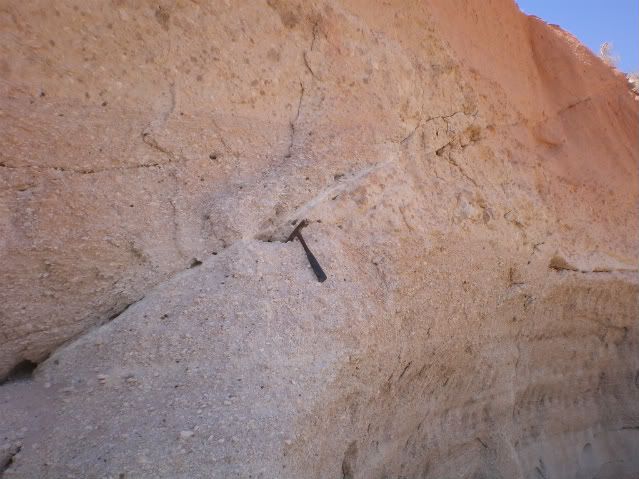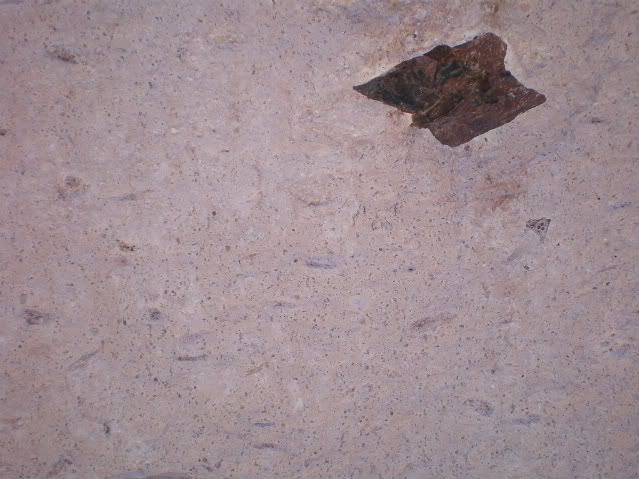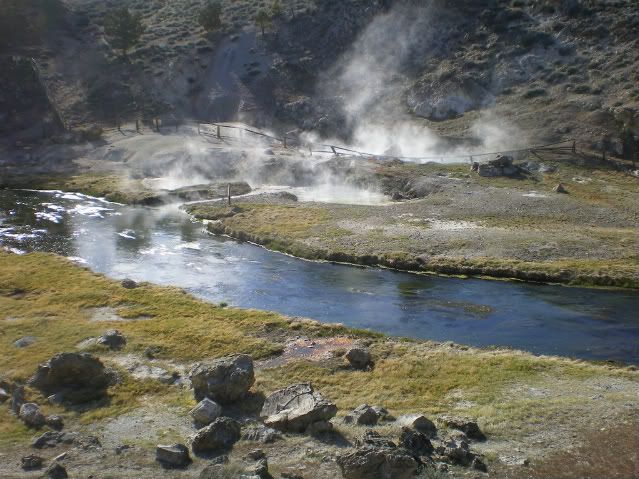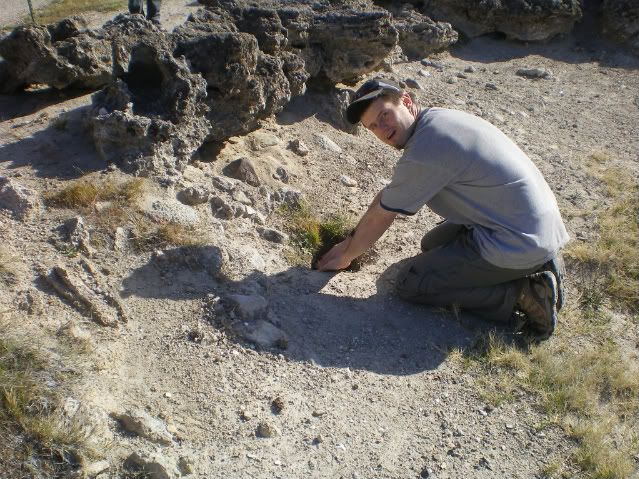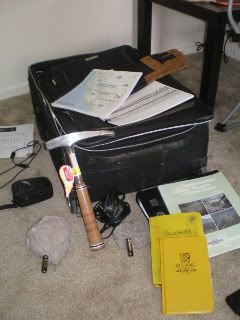My long dormant blog has come back to life!
Welcome to the 500th contest of Where on Google Earth (WoGE)! This is the game where we combine our collective love of geology with our obsession (or at least love) with Google Earth(R).
Welcome to the 500th contest of Where on Google Earth (WoGE)! This is the game where we combine our collective love of geology with our obsession (or at least love) with Google Earth(R).
In searching the location for WoGE 499, I
heavily relied on the presence of centre-pivot irrigation circles to guide me since only small parts of the globe have these present.
Initially I searched North American examples, but nearly everywhere I have found, had these
laid out in the familiar square closest-packing arrangement that is a byproduct
of the prevailing North American land use system. The arrangement of the
centre-pivot irrigation system used in Felix’s contest #499 however, are
hexagonal closest-packed. I still remember my packing arrangements! So that led
me initially to the Atacama Desert in South America, but unsuccessful with
that, quickly moved to northern Saharan Africa then on down to South Africa where I
found the Barkly West locality by following a river. I basically played “desert centre-pivot tag.”
Moving on to my challenge to the WoGE community: This 500th
rendition of WoGE does not have the benefit of centre-pivot irrigation circles,
but nonetheless does have the benefit of some cool geology. Please locate on
Google Earth(R) the following mystery featured in Figure 1. Rules and specifics after the jump.
 |
| Figure 1: WoGE #500 entry. Where is this and what is its geology? Note the north arrow at the bottom-right. |
Veterans of this game know what to do, but
for the benefit of newcomers, the basic premise (detailed here) is that a screenshot or image derived from Google Earth is
posted by the winner of the previous round and your task is to find “Where (precisely) on Google Earth” the image
is from. Once you find it, you put in the comments section the specific location
and a brief synopsis of its geology and/or geologic significance.
Specifically, to win this round: please post, in the comments section below, the following information:
- Location, in either:
- Lat-Long; or
- Distance and bearing from any nearby ( <30 km) labeled towns or outposts, including province, state or territory information; or
- Geographic name of feature and what province, state or territory its located in.
- A brief synopsis of the geology of what is shown. This may require some cursory fact-finding on the internet.
The first person who answers correctly is the lucky winner of this round! As a prize, the winner gets:
- Immense satisfaction that they have earned their place in WoGE history by winning WoGE #500; and
- Gets to host WoGE #501 on their blog or ask someone if they can guest-host WoGE #501 on their blog; then
- Post a link to their WoGE #501 challenge -- once ready -- in the comments section of this post to maintain the chain of links.
For this round, sensing this WoGE
contest will be particularly popular due to it being the 500th, I am invoking the “Schott
Rule (SR)”, which means those who have won at least one of the past 499 WoGE
contests must wait one hour after "posting time,"shown below, to give those who have not won or
those who are new a fighting chance.
If there is no winning response within a few days, I will post a hint in this space.
Good luck . . . happy Google Earth-ing . . . and I hope all your weekends are going good! :-)
Prosper!
~Cole K.
If there is no winning response within a few days, I will post a hint in this space.
Good luck . . . happy Google Earth-ing . . . and I hope all your weekends are going good! :-)
Prosper!
~Cole K.
Posting time: July 12th
2015 09:00 PDT 12:00 EDT 16:00 UTC 17:00 BST 18:00 CET
SR Expires: July 12th 2015 10:00 PDT 13:00
EDT 17:00 UTC 18:00 BST 19:00 CET



